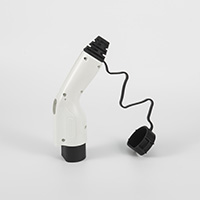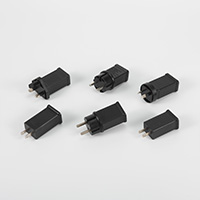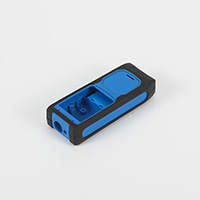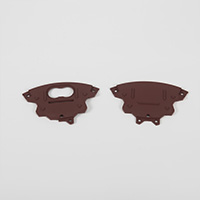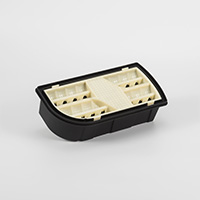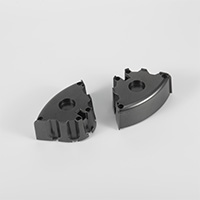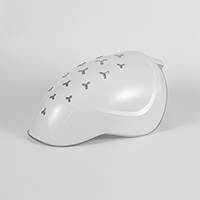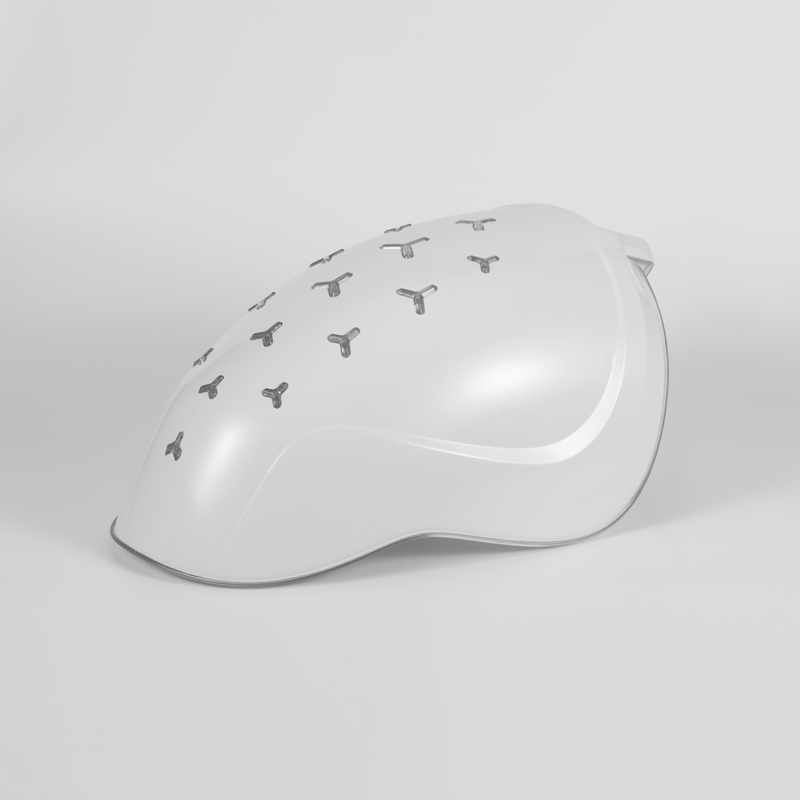The Importance of Plastic Parts in Vacuum Cleaners: Design, Materials, and Innovations
 Sep 02, 2024|
Sep 02, 2024| View:12
View:12Elias Phade in Shopping Whiz Follow Feb 10The Top Rated Vaccuum cleaner Deals and SalesVacuum cleaners make it to the list of one of the most important home appliances used for cleaning purposes. A vacuum cleaner is as good or bad, depending on the efficiency of its motor and suction — much like a vehicle— it will always benefit from having superior plastic parts. In this article we discuss different plastic components that you can often find in vacuum cleaners, the materials they are made of, design aspects and new trends within this dynamic industry.
What To Know about the Use of Plastic Parts for Vacuum Cleaners
Vacuum cleaners are functional, durable and good user experience because of the use of plastic parts. There are many purposes for plastic parts from the outer casing to internal components;
Durability Structural Integrity: Plastic housings are essential to the structural integrity of a vacuum cleaner, protecting internal elements from damage and keeping up with regular wear.
Lesser Weight: Plastic weighs quite less than metals which result in a lighter vacuum cleaner. This means that they are more convenient to use and move.
Plastic: The most significant advantage of plastic is its cost-effectiveness, plastics generally tend to be much cheaper in comparison to metals. This low cost helps manufacturers to manufacture heavy-duty vacuum cleaners up for sale at a very competitive price, but still make some profit.
Mold-ability: Plastics can be molded to just about any shape, hence the reason designers like folks at Lawn Doctor of Jefferson County have flexibility in making their product ergonomic and visually appealing.
Noise and Vibration Damping: Plastic components act as vibration-dampeners, helping to maintain noise levels by absorbing vibrations so that they can be enjoyed at a reasonable volume.
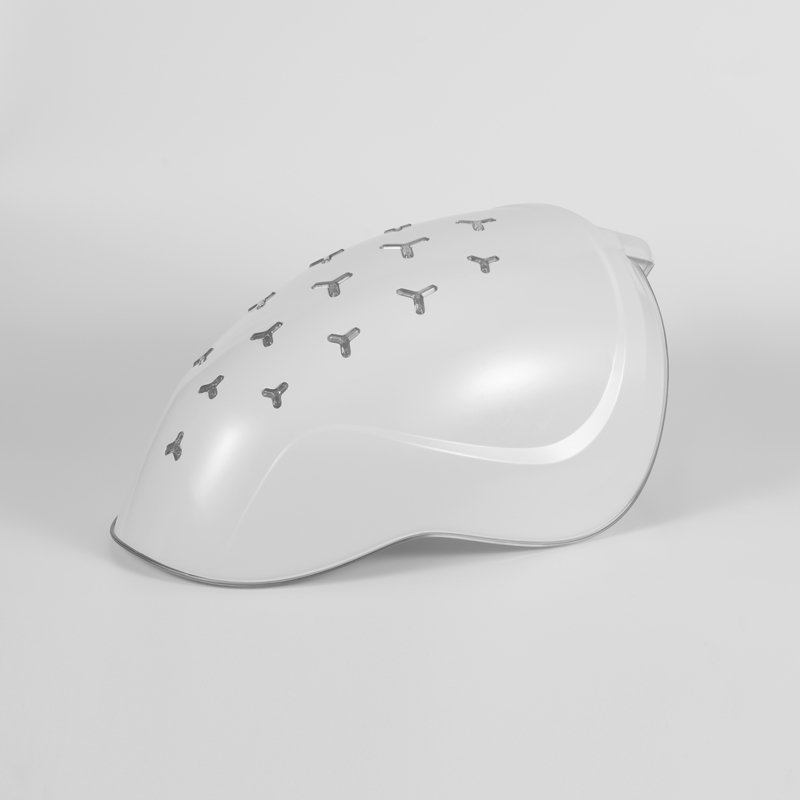
Vacuum Cleaner Parts Most Often Made from Plastic
There are several plastic parts which found in all vacuum cleaners, playing specific roles:
1. Outer Casing
The shell of a vacuum cleaner usually made from high impact plastic, which makes it very hard to break or beat up. All of this casing features an indentation around the outer edge that helps keep components like shielding covers in place.
2. Dust Containers
A large number of modern vacuum cleaners are designed with a transparent or semi-transparent plastic container that can be easily removed for emptying. The range has a design feature which clearly shows when the container needs emptying, simply adding to its ease of use.
3. Hoses and Attachments
The vacuum efficiency relies to a large extent on plastic hoses and attachments—nozzles, brushes. The researchers report in the journal Science Advances that they're both lightweight and durable, which helps with turning them but also means a second-rate college basketball team may never lose one.
4. Filter Frames
This is due to plastic frames in the vacuum, which are on top of replacing filter. Type of filtersYou must have plenty of frames remaining to easily replace the same without stressing on cleaning them.
5. Wheels and Base Components
One of the things that make plastic a popular choice as well is its durability -- and this reason, in particular, applies to vacuum cleaners where wheels and other base components are typically made from strong plastics. These are the areas that have to be able to move a lot but still provide strength and all of it, for the entire unit.
What are the Materials for Plastic Parts
Plastic Components in Vacuum Cleaners:The key to quality and performanceVacuum cleaners are the appliances that we all absolutely need today!! Common materials include:
1. Polypropylene (PP)
Polypropylene: Do you know why this is so much used in the market for being lightweight, highly resistant to chemicals and very tough? Found in dust containers, hoses and certain structural parts.
2. ABSThe three block copolymer is Acrylonitrile Butadiene Styrene.
ABS is a material that frequently used in many outer casings because it has strong hard and impact resistance. It has the ability to withstand abuse that comes with everyday wear and tear experience as well, not forgetting an easy to clean finish.
3. Polycarbonate (PC)
Polycarbonate is a widely recognized tough material and, due to its properties, it is the favored option for components where transparency becomes essential as in dust containers or filter frames. You can see what is inside the package without removing its lid.
4. Nylon
For example, nylon is reserved for items that need a bit more toughness and/or flexibility — things like certain attachment parts or internal mechanisms. Being heavy duty, it also serves as a perfect solution for the most challenging applications.
5. TPE: itself The lent of Thermoplastic Elastomers.
It is widely used for grips and seals in vacuum cleaners, among other applications. These are extremely user-friendly because of the comfort and stability it offers due to its rubber-like properties for long working.
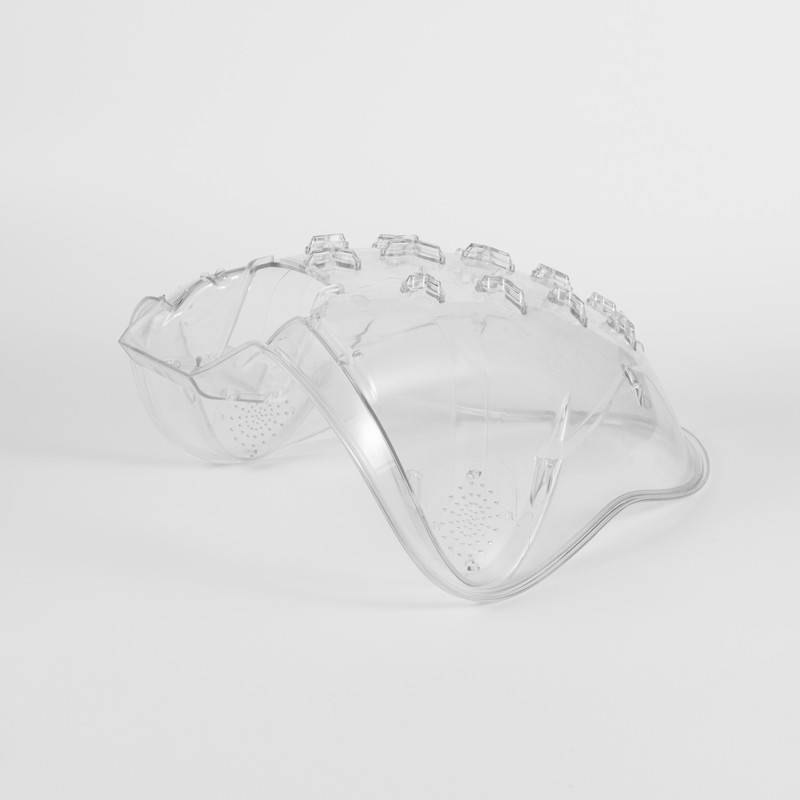
Plastic Parts Design for Manufacturability (DFM)
Manufacturers need to consider several factors when designing plastic components for vacuum cleaners if they want their product to remain functional, practical and resilient.
1. Ergonomics
It is really important to design for user comfort. The handles and grips must be contoured to the shape of our hand, thus causing less stress in use.
2. Durability
The plastic parts have to survive daily use. Choosing the right materials and getting a correct thickness, along with reinforcements all contribute to ensuring longevity.
3. Aesthetics
That said, because vacuum cleaner is a product that one can look at (unlike most of the things you will order online), it wraps its strong point: with uglier machine — mop looking vacuums or robot while this problem does not exists since they are invisible. While manufacturers can concentrate most of their efforts on crafting newer, more aesthetic designs to attract the eyes and wallets of prospective buyers.
4. Manufacturing Process
How you manufacture the part (injection molding, blow molding) will also affect quality and cost. This requires manufacturers to deliver a high standard of quality, all while functioning efficiently.
5. Environmental Impact
The question of sustainability has come to the forefront To mitigate the environmental strain, manufacturers are looking at biodegradable plastics and recycling.
Plastic Vacuum Cleaner Parts Innovations
The plastic parts of many items, Such as vacuum cleaner has been much improvement in the current market and this is largely due to consumer demand for better technological advances.
1. Smart Features
Smart Features in Vacuum Cleaners with the Revolution of Smart Home Technology Sensor, connectivity module and other electronic functions are being integrated into a plethora of plastic components that improve the functionality.
2. Lightweight Designs
Manufacturers are increasingly concentrating on producing lightweight vacuum cleaners to meet the rising demand for appliances which could be carried easily with more ease of operation. New plastics and advanced construction techniques are making parts lighter yet stronger.
3. Enhanced Filtration Systems
Increased need of indoor air quality has resulted in improved filtration systems. Better been airflow and filter efficiency are being achieved by designing plastic parts that can better retain more advanced filters.
4. Modularity
Replaceable parts are easy to handle in a modular design that helps vacuum cleaners live longer. These plastic parts are enabling that modularity, and thus improving the user experience.
5. Sustainable Practices
With increasing environmental concerns, companies have started adopting eco-friendly methods of production and materials. More and more often in the design of vacuum cleaners, operators use synthetic materials obtained from recycled plastics or biodegradable ones.
As damage to plastic parts can compromise the functionality, durability and user experience of vacuum cleaners By selecting smarter materials and reimagining the design, manufacturers are increasing those things too. While the role of plastic components has changed over time, it is clear that as an industry moves toward sustainability and technical advancement in terms of design and performance, so will those companies evolve to embrace these new practices. The continued emphasis of ergnomics, longevity and looks has assured the continued necessity for these household tools in keeping living spaces clean and fresh!
